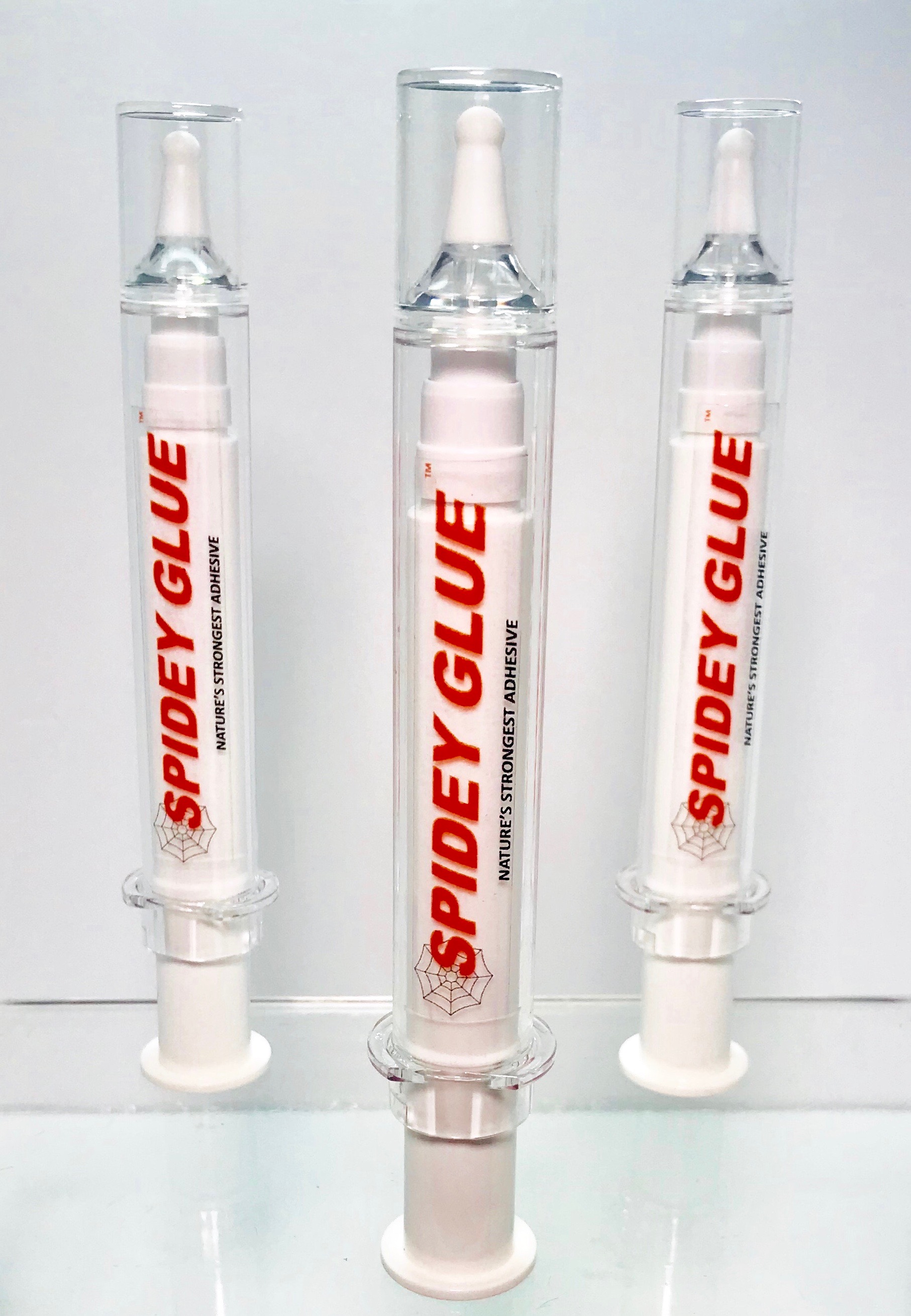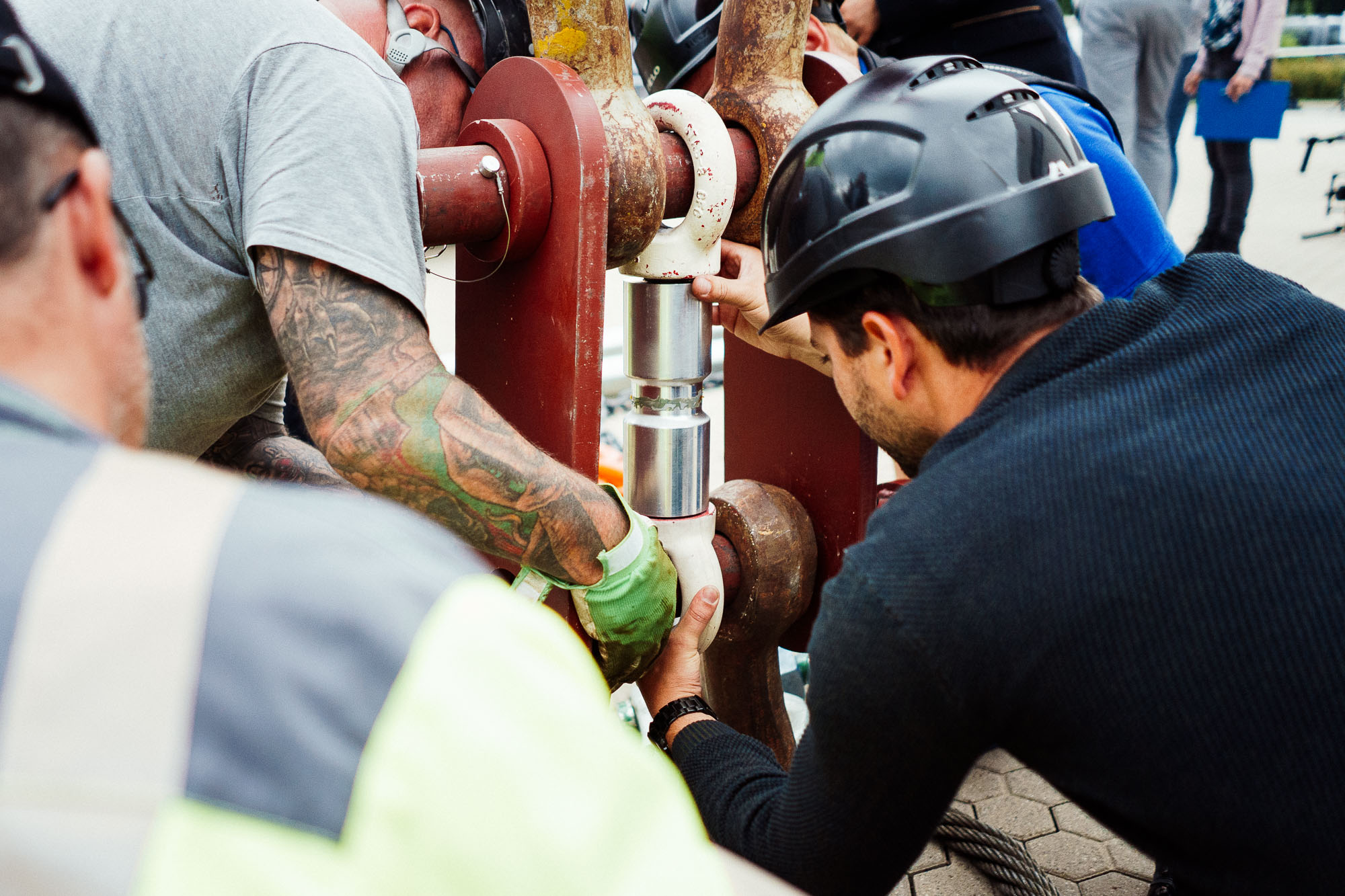Hey there, crafters, builders, and DIY enthusiasts! Ever wondered what exactly makes "the world's strongest glue" such a game-changer? It's not just about sticking two things together—it's about creating bonds that last a lifetime. Whether you're fixing a broken vase, repairing furniture, or working on an industrial-scale project, the right adhesive can make all the difference. In this article, we're diving deep into the world of super-strong adhesives, exploring their science, applications, and everything in between. So, buckle up and let's get sticky!
Let’s face it—glue has been around for centuries, but only recently have we seen breakthroughs that truly redefine what it means to stick stuff together. From gorilla glue to cyanoacrylate, there’s so much more than meets the eye. The world's strongest glue isn't just one product; it's a category of super adhesives designed for specific jobs. Whether you're dealing with wood, metal, plastic, or even glass, there's a glue out there that can handle the job like a boss.
Now, why does this matter? Well, if you've ever tried to fix something only to have it fall apart the next day, you know the frustration. But with the right knowledge and the right tools, you can avoid those headaches. In this guide, we’ll break down what makes certain glues stronger than others, how to choose the best one for your project, and some pro tips to help you get the most out of your adhesive game. Let's dive in!
- Susan Wojcicki Children Ages A Closer Look At Her Family Life
- Amazon India Return Policy Your Ultimate Guide To Hasslefree Returns
What Makes a Glue "The World's Strongest"?
Alright, let's get into the nitty-gritty. When we talk about the world's strongest glue, we're not just talking about how much force it takes to pull two pieces apart. It's about durability, versatility, and the ability to bond different materials. So, what exactly makes a glue qualify as the strongest?
First off, it's all about the chemical composition. Strong adhesives are usually made from polymers or resins that create a molecular bond between surfaces. Think of it like microscopic Velcro—those tiny hooks lock together, creating an incredibly strong connection. Some of the strongest glues on the market include epoxy, polyurethane, and cyanoacrylate (you know, the stuff in super glue).
But here's the thing: not all glues are created equal. Different adhesives work better with different materials. For example, epoxy is great for bonding metal, while polyurethane works wonders on wood. Understanding these differences is key to picking the right glue for your project.
- Megan Fox At The Grammys 2023 A Night Of Glamour And Beyond
- Gordon Ramsay Mom Age A Closer Look At The Chefs Family Legacy
Key Factors That Determine Strength
So, what are the key factors that make a glue truly strong? Let's break it down:
- Chemical Composition: As mentioned earlier, the molecular structure of the adhesive plays a huge role. Polymers, resins, and other compounds create strong bonds at the molecular level.
- Curing Process: Some glues require time to cure, while others set instantly. The curing process affects the strength and durability of the bond.
- Surface Adhesion: How well the glue sticks to the surface matters a lot. Some adhesives work better on porous surfaces, while others excel on non-porous materials.
- Environmental Resistance: The best glues can withstand extreme temperatures, moisture, and other environmental factors without losing their strength.
The Science Behind Super Glues
Okay, now let's talk science. The world's strongest glue isn't magic—it's chemistry. At the heart of every super glue is a complex chemical reaction that creates a bond so strong, it can hold up under serious stress. Let's take a closer look at how these adhesives work.
Most super glues are made from cyanoacrylate, a type of polymer that reacts with moisture in the air to form a strong bond. When you apply cyanoacrylate to a surface, it quickly hardens and creates a molecular connection. This is why it's so effective for small, detailed repairs. However, cyanoacrylate isn't always the best choice for larger projects, which is where other adhesives come in.
Epoxy, for example, is a two-part adhesive that requires mixing before use. Once mixed, the resin and hardener react to form a super-strong bond that can withstand heavy loads. Polyurethane, on the other hand, expands as it cures, making it ideal for filling gaps and bonding porous materials like wood.
Breaking Down the Chemistry
Here's a quick breakdown of the chemistry behind some of the world's strongest glues:
- Cyanoacrylate: Reacts with moisture to form a quick-setting bond. Great for small, detailed repairs.
- Epoxy: A two-part adhesive that creates a strong, durable bond. Ideal for metal and other non-porous materials.
- Polyurethane: Expands as it cures, making it perfect for bonding wood and filling gaps.
- UV Adhesives: Hardens when exposed to ultraviolet light. Often used in industrial applications where precision is key.
Top 5 Strongest Glues on the Market
Now that we've covered the science, let's talk about the actual products. There are dozens of strong glues available, but which ones truly stand out? Here are the top 5 strongest glues you can find on the market today:
1. Gorilla Glue
Gorilla Glue is a household name for a reason. This polyurethane-based adhesive is known for its incredible strength and versatility. It works on a wide range of materials, including wood, metal, stone, and more. Plus, it expands as it cures, making it great for filling gaps.
2. Loctite Epoxy
Loctite Epoxy is a two-part adhesive that creates a rock-solid bond. It's perfect for bonding metal, ceramic, and other non-porous materials. The curing process takes a bit longer, but the results are worth it.
3. Krazy Glue
Krazy Glue is another cyanoacrylate-based adhesive that sets quickly and creates a strong bond. It's great for small repairs and works well on a variety of materials, including plastic, rubber, and wood.
4. JB Weld
JB Weld is a two-part epoxy that's specifically designed for metal repairs. It creates a bond that's stronger than steel and can withstand extreme temperatures, making it a favorite among mechanics and DIY enthusiasts.
5. 3M Scotch-Weld
3M Scotch-Weld is a versatile adhesive that works on a wide range of materials. It's known for its fast curing time and excellent resistance to environmental factors like moisture and temperature changes.
How to Choose the Right Glue for Your Project
With so many options available, choosing the right glue can feel overwhelming. But don't worry—we've got you covered. Here are some key factors to consider when selecting an adhesive:
- Material Compatibility: Make sure the glue you choose works well with the materials you're bonding.
- Application Type: Consider the size and complexity of your project. Some glues work better for small repairs, while others are better suited for large-scale projects.
- Curing Time: If you need a quick fix, go for a fast-setting adhesive. For larger projects, a longer curing time might be better.
- Environmental Factors: Will your project be exposed to extreme temperatures, moisture, or other environmental factors? Choose a glue that can handle the conditions.
Pro Tips for Choosing the Best Glue
Here are a few pro tips to help you make the right choice:
- Test the glue on a small area first to ensure it works well with your materials.
- Read the instructions carefully and follow them closely for the best results.
- Consider the surface preparation required. Some glues work better on clean, dry surfaces, while others require sanding or priming.
Applications of the World's Strongest Glue
So, where do you use the world's strongest glue? The answer is pretty much everywhere. From home repairs to industrial applications, these adhesives are incredibly versatile. Here are some common uses:
1. Home Repairs
Whether you're fixing a broken chair or repairing a leaky faucet, strong glue can save the day. Just make sure you choose the right adhesive for the job.
2. Automotive Repairs
In the automotive industry, strong glues are used for everything from bonding windshields to repairing engine components. JB Weld and other epoxies are particularly popular for these applications.
3. Construction
Construction projects often require strong, durable adhesives that can withstand heavy loads and environmental factors. Polyurethane and epoxy are commonly used in these situations.
4. Manufacturing
In manufacturing, strong glues are used to assemble everything from electronics to furniture. UV adhesives and cyanoacrylates are often used for their precision and speed.
Common Misconceptions About Strong Glues
There are a lot of myths and misconceptions about the world's strongest glue. Let's clear some of them up:
- Myth #1: All super glues are the same. Wrong! Different adhesives work better with different materials.
- Myth #2: Strong glue is always expensive. Not true! There are plenty of affordable options that still pack a punch.
- Myth #3: You can't remove strong glue once it's set. While it can be challenging, there are ways to break the bond if needed.
Safety Tips When Using Strong Glues
While strong glues are incredibly useful, they can also be dangerous if not handled properly. Here are some safety tips to keep in mind:
- Always work in a well-ventilated area.
- Wear gloves and protective eyewear to avoid skin and eye contact.
- Keep glue away from children and pets.
- Dispose of excess glue according to local regulations.
What to Do If You Get Glue on Your Skin
Accidents happen, and if you get glue on your skin, don't panic. Here's what to do:
- For cyanoacrylate, soak the area in warm water and gently peel the glue away.
- For epoxy, use acetone or nail polish remover to dissolve the adhesive.
- For polyurethane, use mineral spirits or rubbing alcohol to remove the glue.
Conclusion
And there you have it—a comprehensive guide to the world's strongest glue. Whether you're a DIY enthusiast, a professional builder, or just someone looking to fix a broken vase, the right adhesive can make all the difference. Remember, it's not just about strength—it's about choosing the right glue for the job and using it safely.
So, what are you waiting for? Grab your favorite adhesive and get to work. And don't forget to share this article with your friends and family. Who knows? You might just inspire someone to tackle their next project with confidence. Happy sticking!
Table of Contents
- Hurst Scott Funeral Homes A Compassionate Journey Through Lifes Final Chapter
- Nether Fortress Finder Your Ultimate Guide To Exploring Minecrafts Hidden Strongholds


